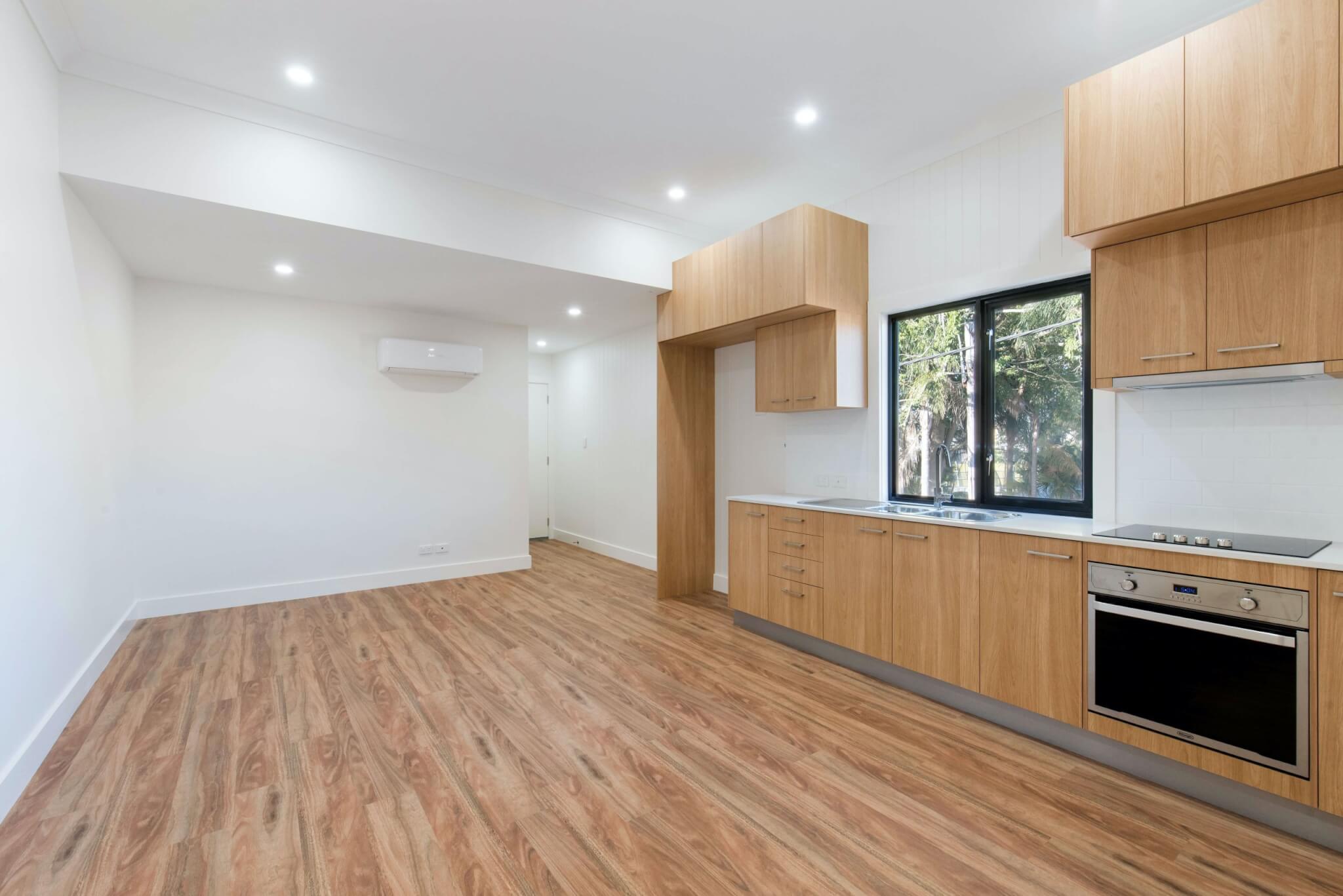With the government’s focus in recent years having been on home ownership, even before the current pandemic there was a growing shortfall in affordable rented accommodation. Now that millions of people across the country are expected to be hit by reduced incomes or job losses, demand for rented housing will inevitably soar further. At the same time there is uncertainty over how the shared ownership market will be affected, at least in the short term.
As a result, associations are actively considering, as they did in the wake of the 2008 financial crisis, changing homes intended for shared ownership sale to a rented tenure. Whether provided as affordable or social rent, the opportunity to build or provide additional rented units to meet the rise in demand will be seen by associations as very welcome, particularly if they can negotiate an increase in grant funding to mitigate the effect of higher costs or lower values. However, there are a number of issues associations will need to consider before committing to a switch of tenure.
First, if the homes are being delivered as section 106 units, the planning agreement should be checked for any tenure requirements/restrictions and, if necessary, a replacement affordable housing scheme or deed of variation agreed with the local authority. As part of that, the local authority is likely to require nomination rights and impose affordability restrictions in line with current policies.
Where the homes are already the subject of grant funding agreements, whether with Homes England or the GLA or with a local or regional authority, the funder’s approval to the tenure switch should be sought and any requirements they may have over rent levels or other tenancy terms reviewed.
If the homes have been purchased from a developer as part of a wider scheme, contracts will need to be checked for any restrictions (over and above those contained in any planning agreement) on the tenure for which the homes can be used. Developers sometimes seek to prohibit tenure switches for set periods to protect the marketability of their retained units. Leasehold units may also have covenants setting use types, so those too should be checked and consent secured as necessary. It is to be hoped that there would be little resistance to ensuring units, available and ready for occupation, can be used as opposed to sitting empty, but this should never be assumed.
For homes being delivered under a joint venture with a developer or local authority, any switch which results in a lower price being paid by the association for the units will naturally impact on the JV’s business plan and will need the approval of the joint venture partner.
Homes previously intended for shared ownership use may benefit from a specification different to that which the association would normally provide for rented use (for example, the inclusion of a fitted kitchen). Depending on what stage of construction has been reached, there may be opportunities to change this (albeit potentially at a cost).
Expected service charge levels should be reviewed. Higher levels of building service charge, for example, may have been viewed as acceptable for units provided for shared ownership but will prove unsustainable for rented units (where such costs would be assumed into the rent charged). It may be that the level of facilities provided by the building or estate owner can be adjusted to help reduce costs, but of course associations should be alert to the PR impact here, where “poor door” charges can be thrown.
A further consideration is the expected child density for the development. This is likely to increase as a result of a higher number of rented homes. Potential for overcrowding of units should be considered along with space standards (which may have been relaxed in homes for sale). Local authorities may also be alert to infrastructure impacts (e.g. education, transport usage) of different family make ups.
Finally, if changes do need to be negotiated with the local authority, funders or third parties to accommodate a tenure switch, associations may wish to consider building in flexibility to revert back to shared ownership or other intermediate tenures. The road ahead is littered with uncertainty and, although there is a golden opportunity for associations to return to their roots and hugely step up their supply of rented accommodation to help deal with a brewing housing crisis, the economy (and, as a result, household finances) may yet bounce back sooner than feared.



